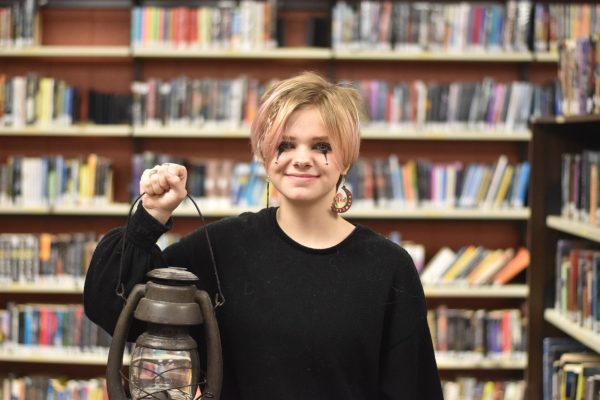Maslenitsa
Torch writer Hades Kammerude describes the Russian holiday of Maslenitsa.

Creative commons image taken from https://www.mibaulviajero.com/2016/04/maslenitsa-la-semana-de-la-mantequilla.html
Holidays. We all love them, and we’ve all heard of them. Holidays have many different cultural origins. Take Day of the Dead for example, which has Mexican origins and is celebrated by Mexicans. Like Day of the Dead is celebrated by Mexicans, there is a holiday called Maslenitsa that is celebrated by Russians.
Maslenitsa is an ancient slavic holiday, and is mainly celebrated in Russia. Maslenitsa takes place during the last week of winter. It is to welcome the coming of spring, and the leaving of winter. People also take the time to celebrate family, lost and living alike.
In Russia during Maslenitsa, performers will dance in traditional outfits on a stage. People will follow along in the crowd. Some may also wear their traditional outfits. Festivals are hosted everywhere and people do activities. Some activities include playing tug of war or climbing poles. Men might have friendly sparring matches, and children might play ball with brooms. The children will run around and hit the ball with the brooms, similar to hockey in America. Sometimes face paint gets involved in festivities.
There is always plenty to eat at these festivals as well. Normally, small, thin pancakes called “Blini” are cooked. They are the traditional food cooked during this time. In some areas, chefs will cook the blini in front of you.
As a descendant of Russian immigrants, I like to celebrate Maslenitsa myself. There is one very important thing necessary to know before I was able to celebrate Maslenitsa, and that is that the celebration lasts one entire week. Because the celebration is a week long, certain days are set aside for certain things. For example, the first day is set aside to make “Lady Maslenitsa” dolls out of things like twigs and yarn, which are burnt on the last day. Sometimes, the ashes are jumped over to test bravery and luck for the year to come. Another example is the fourth day of Maslenitsa is set aside for outdoor activities such as sledding. This year on the fourth day, I spent a while outside with my dog and chickens.
Overall, Maslenitsa is a very interesting holiday. As someone with Russian heritage I enjoy celebrating the holiday, and I hope others enjoy learning more about this holiday.

Hey there! My name is Hades and I write A&E articles for the Lantern, edit the Torch, and am a part time artist this year. You might see me on stage...
